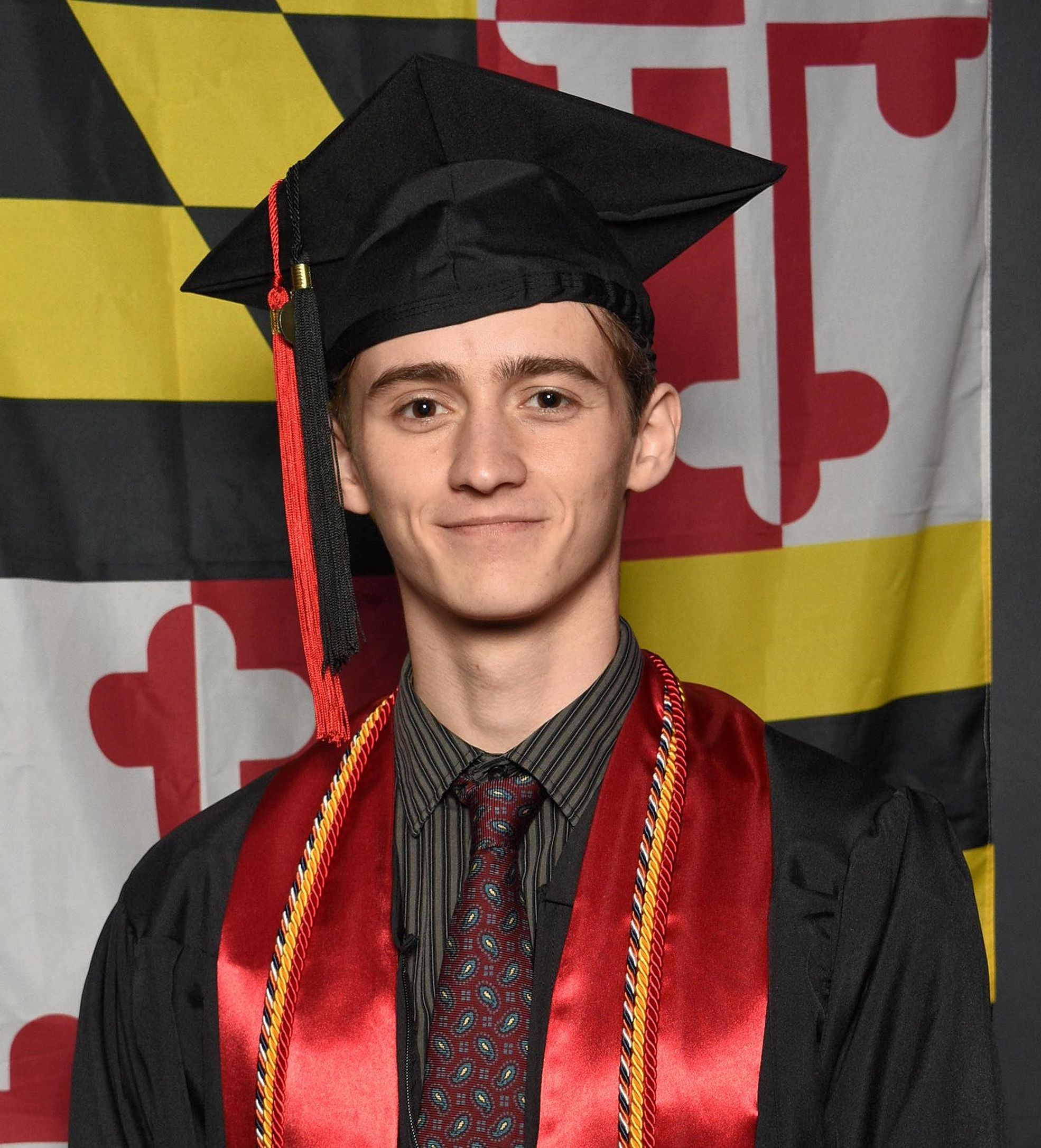Evan's Portfolio

Hi! I'm a data scientist and aspiring ML engineer. I just graduated from the University of Maryland in May, 2024 with a B.S. in Computer Science and Physics. I'm passionate about extracting useful trends from data and enjoy learning about new Computer Vision and NLP research.
I'm currently performing DS & front-end software engineering at NAVAIR.
I built this portfolio to display my skills and interests efficiently and aesthetically. As I'm in the early stages of creating this portfolio, most content is missing and/or needs refinement, but please look around at what I do have so far!
View My Resume
View My LinkedIn Profile
Experimental physics research project: polarization drift in buried fiber optic cables
This page gives a broad overview of my research experinece to those not familiar with physics, with a focus on how my workflow methedology evolved.
If you want a more standard summary of my research, here is my research paper.
0. Introduction
During my last year studying Physics and Computer Science at the University of Maryland College Park, I worked part-time on an independent experimental physics research project under the supervision of Dr. Joe Britton at the Britton Trapped Ion Laboratory.
In addition to practicing coding and physics-related hard skills, I learned to create and manage an independent workflow dedicated to tackling open-ended, birds-eye research goals. This was a process of synthesizing knowns, known unknowns, and unknown unknowns together to continuously re-evaluate my priorities.
Stumbling through and improving this process helped me realize how much I had to learn about efficient decision making and future-proofing a project with unclear endpoints.
1. Outline of research goals for non-physics people
Quick summary based off presentation:
- telecommunication (e.g. how data gets to your computer) happens in burried fiber optics using light waves. Information usually encoded in _
- Not commonly used, but information can be encoded in polarization of light (of special interest to quantum networking people). Benefit: _. Drawback: pol. drift in buried fibers
- My research goal: “study” how this drift happens in a real fiber and ask questions about methods that could be used to correct for drift and make polarization-encoding viable
My outlook at this point:
- Need to create experimental setup (learn how polarization works and how to characterize PTF mathematically)
- Need to do literature research on PTF drift papers. Get sense for what problems people encounter, what people explore. This also helped me build the setup
- Keep track of progress in daily research diary
Technical skills used: (stuff to build experiment)
Workflow skills used: synthesizing research papers, TODO
Polarization representation
Poincare sphere picture.
Caption: “Every point on the unit sphere represents a different state of polarization (SOP), and every SOP corresponds to a unique point). We need two degrees of freedom to define an SOP.”
Dropdown description: We describe unit vectors using 3 coordinates (x, y, z). Sphere equation limits dof to 2 (if you know two coordinates, you can calculate the third) …
Experimental setup
Picture of experimental setup
Caption: TODO